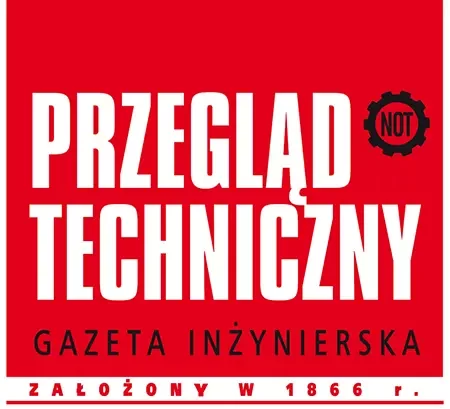Self-heating effect in composite elements – enemy or friend?
dr hab. inż. Andrzej Katunin, prof. PŚ, członek Akademii Młodych Uczonych PAN
Streszczenie
Efekt samorozgrzania, powstający w kompozytach polimerowych podczas cyklicznych obciążeń mechanicznych, objawia się w postaci wzrastającej temperatury na skutek rozpraszania energii w lepkosprężystych polimerach. W wyniku występowania tego efektu, w zależności od obciążenia, trwałość elementów kompozytowych może być znacznie skrócona, doprowadzając do przedwczesnego zmęczenia i zniszczenia takich elementów. Zjawisko jest bardzo niepożądane przy eksploatacji elementów narażonych na takie oddziaływania, m.in. w kompozytowych wałach czy łopatach turbin wiatrowych. Zespołowi, pracującemu nad tym zagadnieniem udało się jednak wykorzystać efekt samorozgrzania do opracowania nowej techniki badań nieniszczących, w których ten efekt jest wykorzystywany do pobudzania cieplnego badanych elementów.
Słowa kluczowe: efekt samorozgrzania, kompozyty polimerowe, badania nieniszczące
Abstract
The self-heating effect that occurs in polymer composites during cyclic mechanical loading manifests itself in the form of increasing temperature due to energy dissipation in the viscoelastic polymers. As a result, depending on the load, the durability of composite elements may be significantly shortened, leading to premature fatigue and failure of such elements. This phenomenon is very undesirable when operating elements exposed to such loading, e.g., in composite shafts or wind turbine blades. However, the team working on this issue managed to use the self-heating effect to develop a new non-destructive testing technique in which this effect is used for thermal excitation of the tested elements.
Keywords: self-heating effect, polymer composites, non-destructive testing
Literatura
[1] Katunin A. 2019. “Criticality of the self-heating effect in polymers and polymer matrix composites during fatigue, and their application in non-destructive testing”. Polymers 11(1):19.
[2] Amraei J., Katunin A. 2022. “Recent advances in limiting fatigue damage accumulation induced by self-heating in polymer-matrix composites”, Polymers 14: 5384.
[3] Premanand A., Rogala T., Wachla D., Amraei J., Katunin A., Khatri B., Rienks M., Balle F. 2023. “Fatigue strength estimation of a CF/PEKK composite through self-heating temperature analysis using cyclic bending tests at 20 kHz”. Composites Science and Technology 243: 110218.
[4] Katunin A. 2018. Sposób badań nieniszczących materiałów polimerowych, zwłaszcza materiałów kompozytowych o osnowie polimerowej, Patent PL 234169, Urząd Patentowy Rzeczypospolitej Polskiej,.
[5] Katunin A., Wachla D. 2018. “Analysis of defect detectability in polymeric composites using self-heating based vibrothermography”. Composite Structures 201: 760-765.
[6] Katunin A., Wronkowicz-Katunin A., Wachla D. 2019. „Impact damage assessment in polymer matrix composites using self-heating based vibrothermography”. Composite Structures 214: 214-226.
[7] Katunin A., Pivdiablyk I., Gornet L., Rozycki P. 2022. „A hybrid method for determination of fatigue limit and non-destructive evaluation of composite structures after low-velocity impact loading”. Composites Part B: Engineering 238: 109898.
Przeczytaj więcej: https://www.sigma-not.pl/publikacja-146928-efekt-samorozgrzania-w-elementach–kompozytowych-%E2%80%93-wr%C3%B3g-czy-przyjaciel?-przeglad-techniczny-2024-1.html

